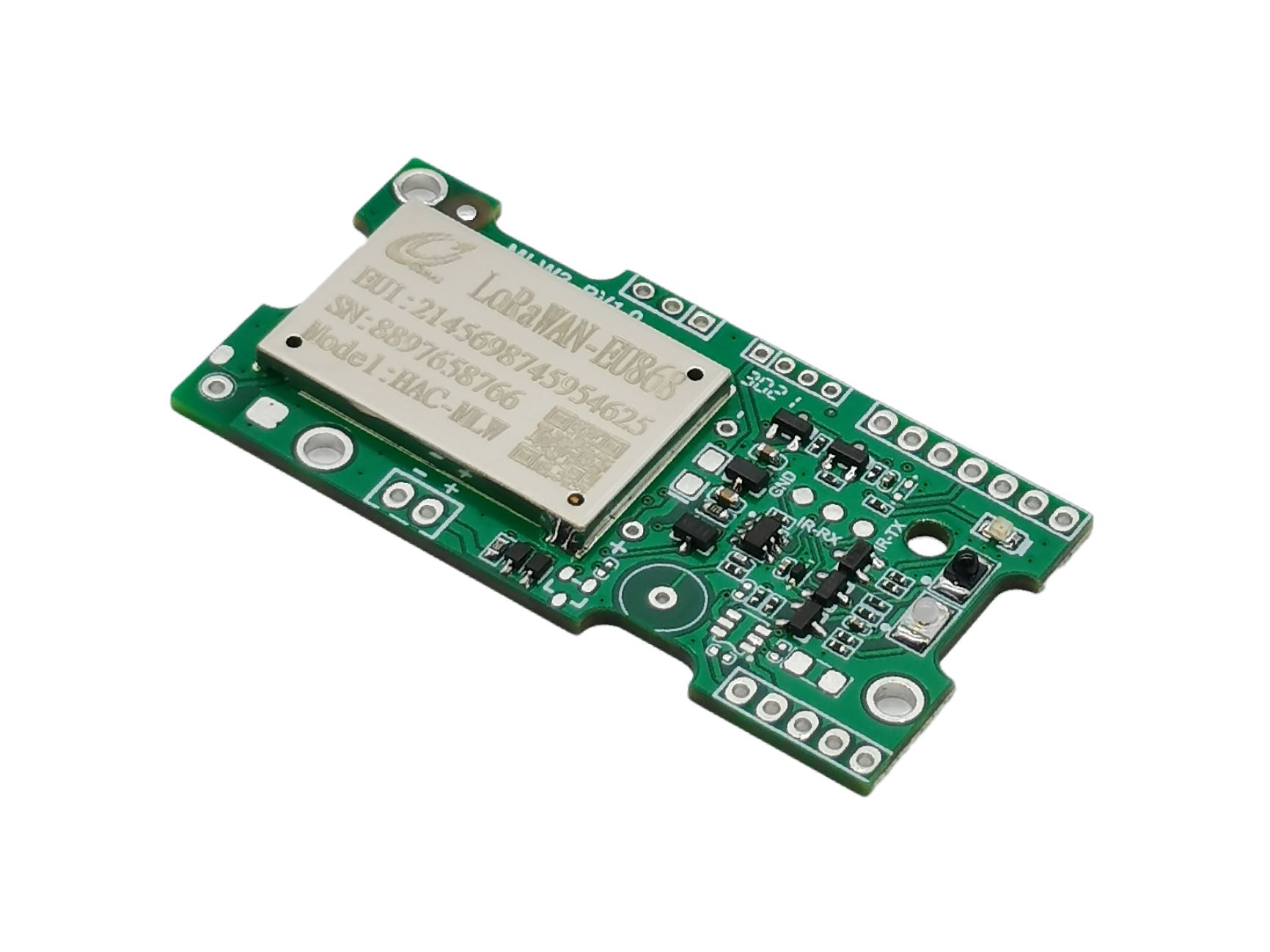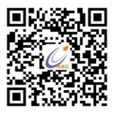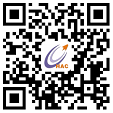LoraWAN+wMbus dual-mode meter reading system

LoraWAN+wMbus dual-mode meter reading system
Technical Features
Dual-Mode Compatibility, Flexible Deployment
LoRaWAN: Based on Low-Power Wide-Area Network (LPWAN), it is suitable for long-distance, wide-area coverage (urban, rural, basements, etc.), supports large-scale device connectivity, and offers strong penetration capability.
wM-Bus (Wireless M-Bus): A mainstream European smart metering standard (e.g., EN 13757), specifically designed for meters, featuring low latency and high reliability, making it ideal for dense urban areas or regulatory-mandated scenarios.
The system supports automatic switching or manual configuration of communication modes to adapt to different infrastructure and environmental requirements.
Low Power Consumption & Long Lifespan
Utilizing ultra-low-power design, battery-powered meters can operate for 5-10 years, reducing maintenance costs.
Secure & Reliable
Supports multi-layer encryption (e.g., AES-128) and two-way authentication, ensuring data privacy and tamper resistance while complying with industry security standards.
Intelligent Management Platform
Enables real-time data monitoring, energy consumption analysis, anomaly alerts, and remote firmware upgrades (FOTA) via cloud or local management platforms.
Application Scenarios
Complex Environment Coverage: LoRaWAN ensures signal coverage in remote areas, while wM-Bus supplements high-density urban zones.
Regulatory Compliance: Meets mandatory wM-Bus standards in Europe and other regions while extending LoRaWAN's global applicability.
Multi-Utility Metering: Unified connectivity for water, electricity, gas, and heat meters, reducing deployment costs.
Key Advantages
The dual-mode meter reading system combines wide-area coverage with high-precision communication, overcoming the limitations of single-technology solutions and providing future-proof IoT infrastructure for smart cities and utility management.




